Pan Daijing

“I don’t feel like I’m just choreographing the movement; I’m also choreographing the space.”
Pan Daijing is an artist and composer whose work defies easy categorisation. Earlier this year, Daijing released her third album, Tissues – an hour-long record taken from the artist’s performance piece of the same name that was shown at the Tate Modern back in 2019. The work was conceived as an opera in five acts, combining Daijing’s long-standing exploration of electronic music. In a Zoom call from Berlin where Daijing lives, the artist jokes that Tissues almost predicted the pandemic – not least because of its title, but also as a performance about hopelessness and a pervading sense of despair that seems to categorise the world we live in now. As an exploration of the operatic voice, Tissues is not immediately like Daijing’s earlier albums, 2021’s Jade and Lack (2017), which are more akin to noise music – with electronic sounds evoking the eery, isolating hum of an industrial landscape, interspersed with distinctively, sometimes uncomfortably, human guttural sounds.
Daijing has performed, as a musician, at a string of Europe’s best festivals and at other venues, whilst also being commissioned, as an artist, to work with museums and art institutions – where sound and music remain central components within these pieces. Below, we discuss the boundaries of her work, drawing on the German composer Wagner’s notion of Gesamtkunstwerk, or the ‘total work of art’. It seems, to me, a term that aptly describes Daijing’s practice, without putting too much of a label on her, or her work. In fact, it is through music and art that Daijing aims to transcend categorisation in itself. By using music, sound, light, movement and design, Daijing creates work that explores a hybrid realm of what we often want to label as either ‘music’ or ‘art’, and thus allows the separate components to be interwoven and to communicate with one another.
Daijing describes a lifelong fascination with the human voice – as a child, she says, she would close her eyes and listen to someone’s voice, at school for example, and try to guess who was speaking. “It’s an interest I’ve always had,” Daijing explains, “and when you look for inspiration in life and in work, you always go to places that you’ve always felt fascinated by.” In essence, Daijing’s work is inextricably woven into the fabric of the space, the environment, the context, in which it is experienced – whether that is in a gallery setting, in a club, or alone – listening to her records in solitude.
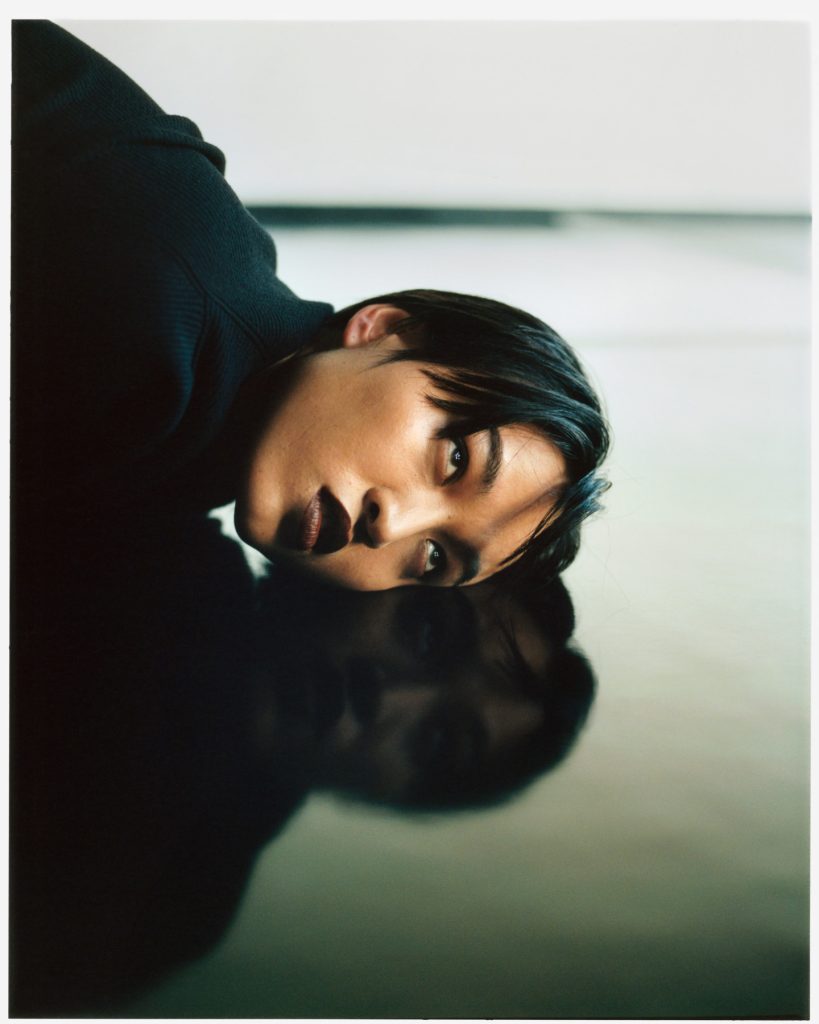
NR: As a starting point, you recently worked with the Tai Kwun Contemporary in Hong Kong on a series of new works, and as part of that, the piece Echo, Moss and Spill included elements of live performance. Was that your first live performance since the pandemic?
PD: Throughout the pandemic I was still working at a steady pace and Echo, Moss and Spill was my second exhibition-based work of the pandemic. Before that, I created a new work for Shanghai Biennale at the Power Station of Art. But that was a little different, it was mainly installation-based work on view for three months. Echo, Moss and Spill was a commissioned by Tai Kwun Contemporary as a performative environment in the format of a solo exhibition, alongside video work, sound and installation work. Alongside this, I was also commissioned by the institution for another work, One Hundred Nine Minus, which was a single sound installation. During the pandemic a lot of work had to be shifted because, with performance, there’s a lot of interaction that didn’t work with COVID rules, so I was quite grateful that, in Hong Kong at the time, there were almost no COVID cases. I caught a good moment when people were more relaxed about the situation; we could have more human interaction. And the performers didn’t have to wear surgical masks, we designed the costumes to have masks as part of the wardrobe. But even playing shows was strange because, right after the first lockdown when everything was still closed, there were still small things happening here and there. And when I was back in Europe in the summer last year, there was two, three, months where I was able to also make new work. I also did a few concerts myself, as well as show some of my composition work, travelling with an opera singer. Of course, COVID did influence my work significantly, but I am grateful to have been able to have continued working while so many others were forced to stop.
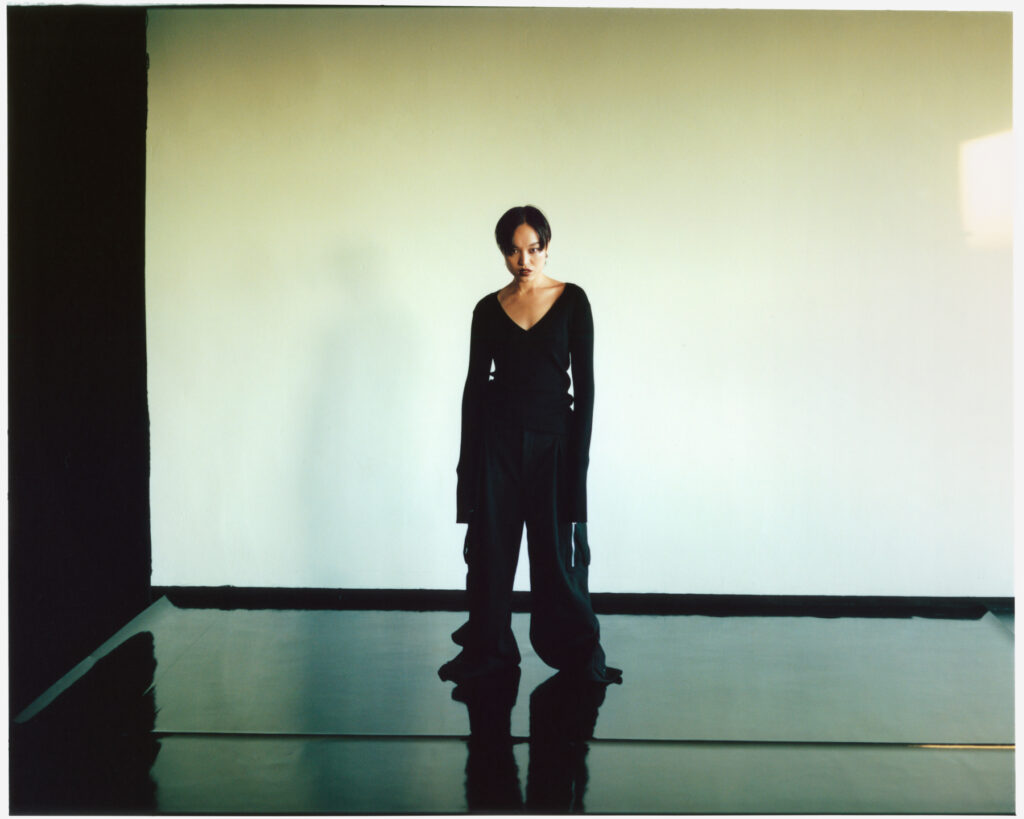
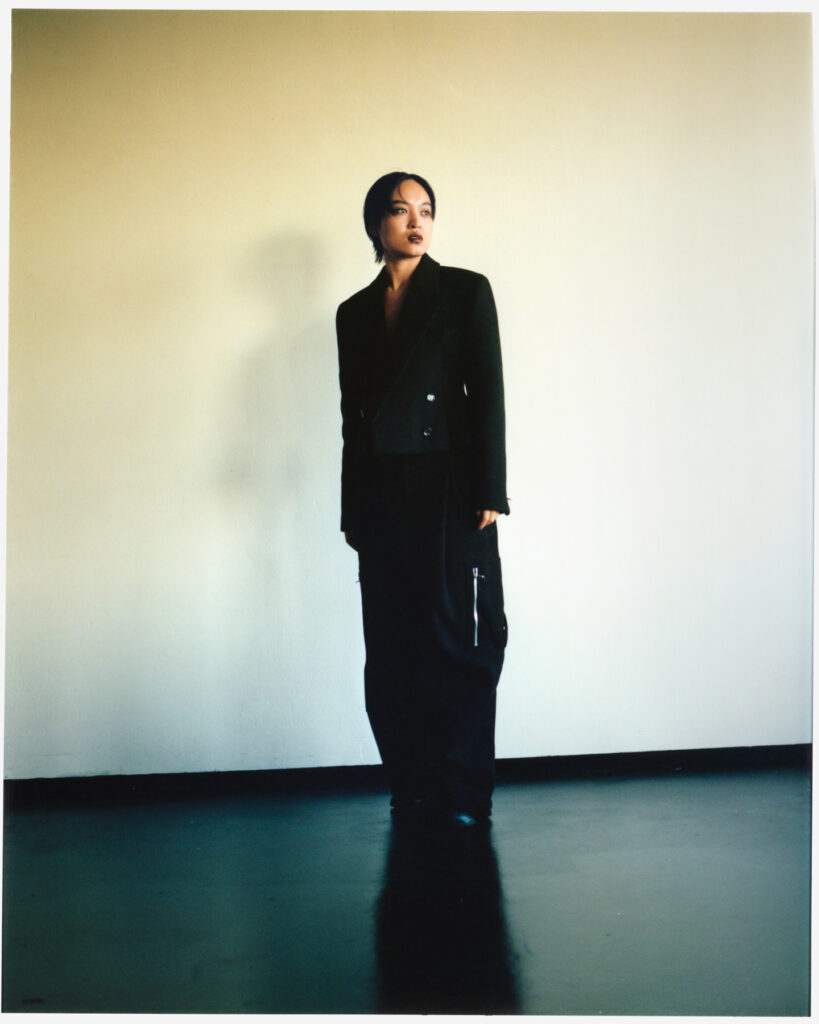
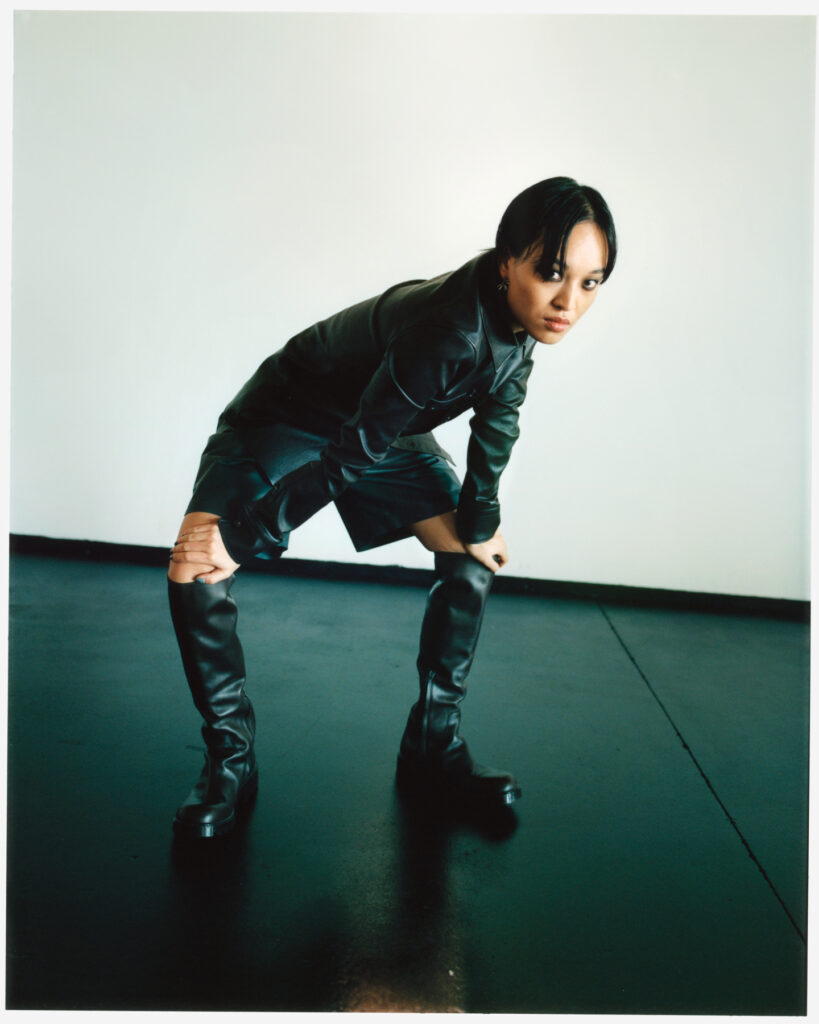
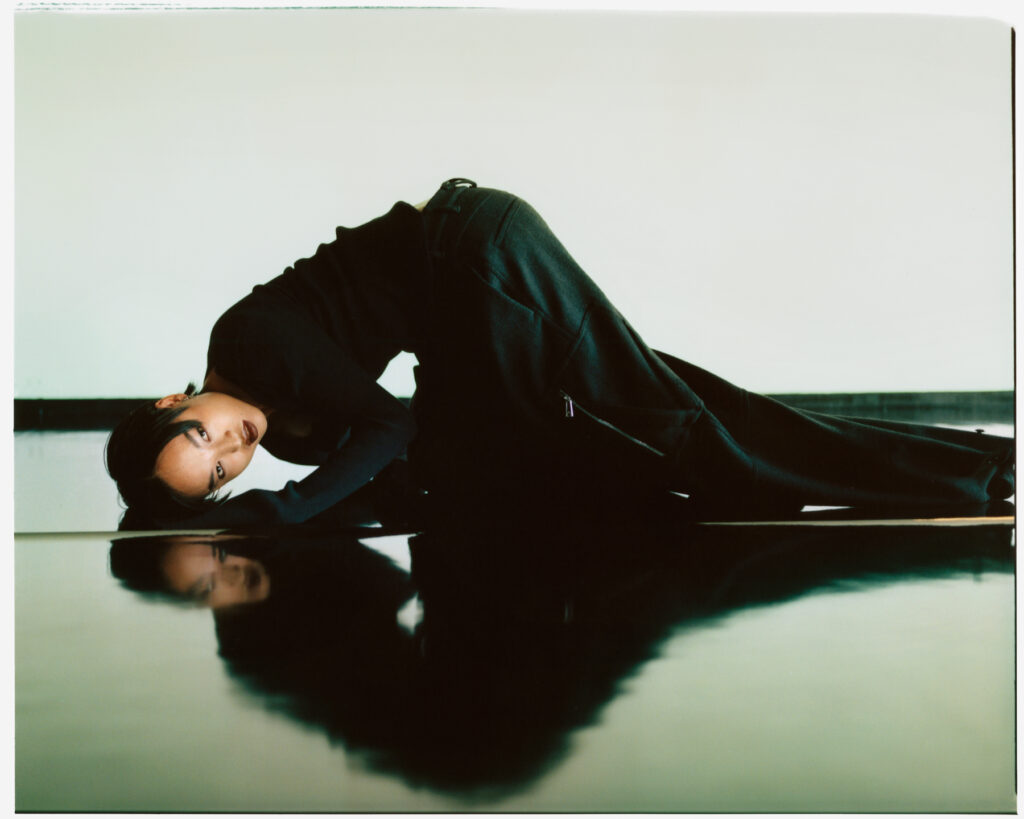
NR: Back in 2019, Tissues, an exhibition of performance work, took place at the Tate Modern – so just before the pandemic kicked off. Why did you release an hour-long snippet of Tissues as an album, which is obviously a different medium to how it was first performed?
PD: The idea of archiving performance work and putting pieces into different formats, to extend the lifespan, is always a part of my idea for a project. But, with Tissues, music is very prominent because this piece specifically touches on the idea of classical opera, the philosophy of making an opera, and the idea of music as an art form. The listening experience is also prominent in this piece, and I think, for me, making records is important.
“I think it’s important to have this dialogue with listeners, so they can have a piece of me that they can revisit, because in performance-based work, or ‘live art’, very often it’s just a moment.”
Of course, you can still revisit your memory, something I often call a performative relic. But sound-based work is very specific. With my first record, Lack (2017), maybe it’s a weird comparison but it’s kind of like a thesis written after a long period of research. It was a display of certain ideas I was exploring, summarised. And then, Jade (2021) was like a personal journal – sharing an intimate part of myself with strangers, which brings me closer to them. And they can listen to it without bias, without assumption, and I found that quite romantic. The performance of Tissues had limited capacity, and it was also exhibited alongside another piece, a day exhibition called The Absent Hour – so there’s this idea of seeing an operatic performance at night, and in the day, you’re coming to see the exhibition. I did feel that the experience of Tissues had its own momentum, that it could live longer. It was only really those who happened to be there for the performance who have a piece of that memory, but it’s also nice to be able to let this memory have a new life. So, the recording is a totally different piece to Tissues, as an artwork, but it’s an interesting way to have it archived. And personally, for me, I think Tissues was something I spent a really long time working on, as a chapter of my exploration of operatic vocalisation, so this is a way for me to give this a nice summary.
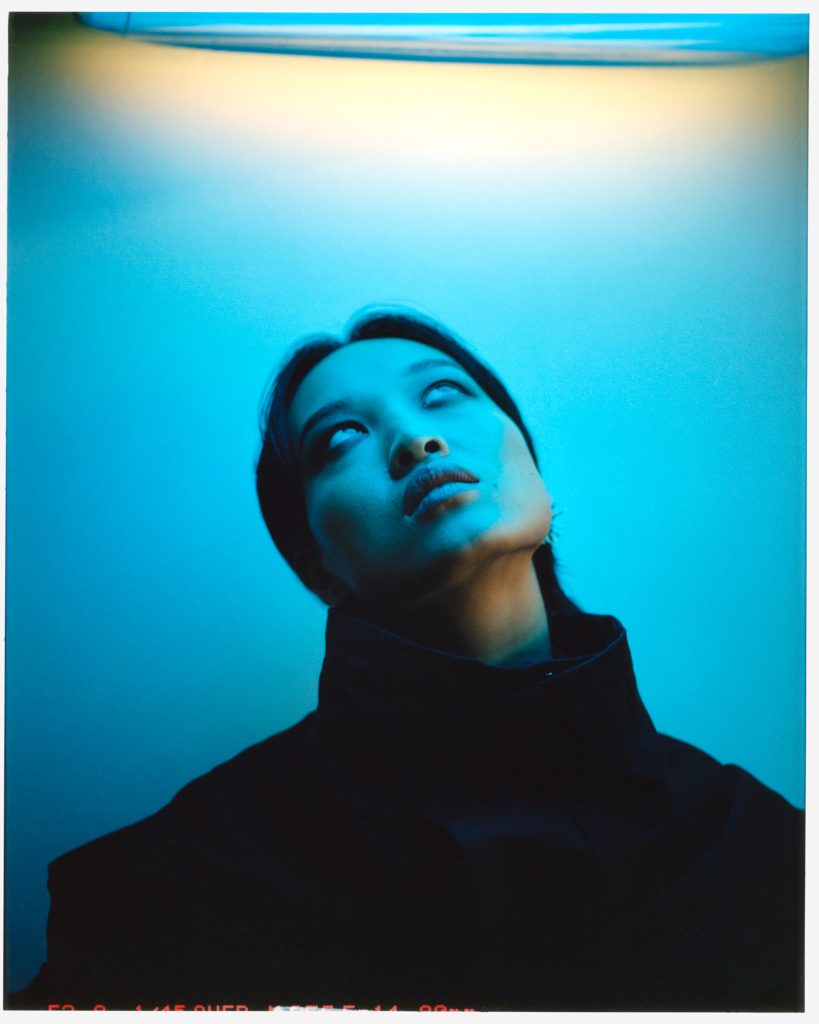
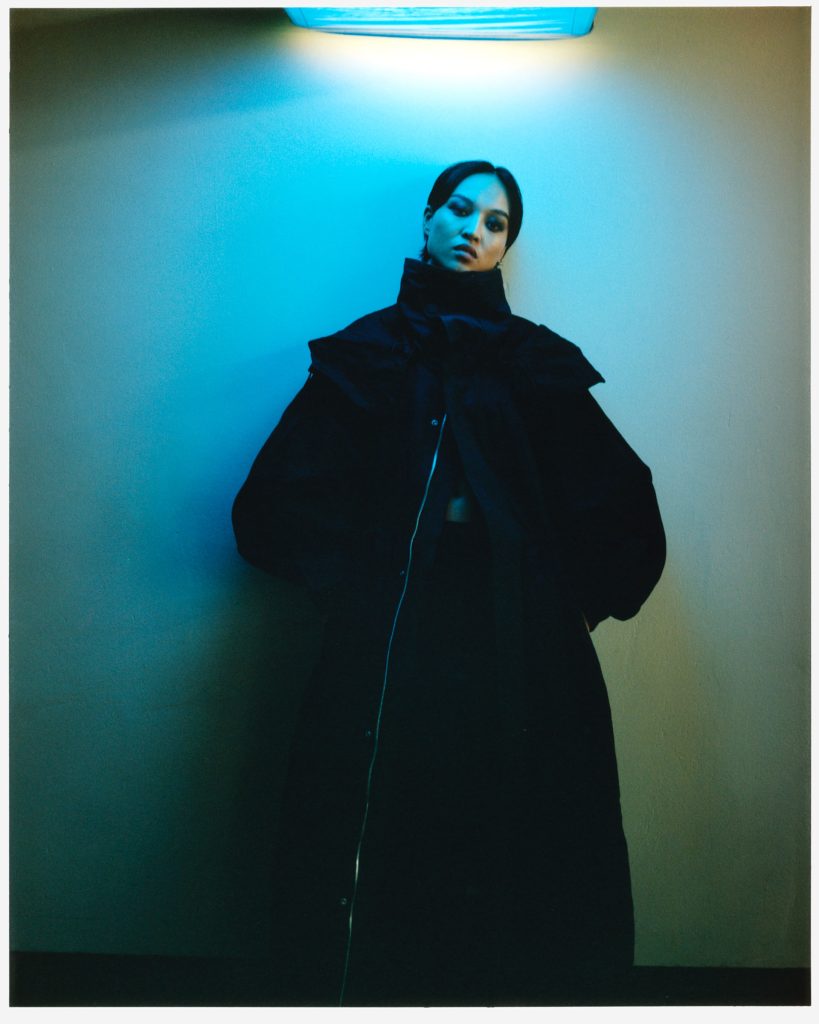
NR: The archiving side of what you’re saying is really interesting, and as an extension of this, how do you want your audience to engage and arrive at your work – considering that live performances are more grounded in the memory, whilst with the record you have the physical copy, or a stream on your computer? It’s a very different way of experiencing it.
PD: I think it’s also interesting that a record is very accessible. I think a lot of people know me through my music, which is natural because you can find it on the internet, and you can listen to it. It allows immediate engagement, and can be very personal, which brings a longer life to the performance work that existed in the past.
NR: How much of Wagner’s idea of the Gesamtkunstwerk also inspires your work?
PD: I wouldn’t consider this concept an inspiration, but understandably people have often related this concept to what I do because I’m involving so many different aspects in my work, acting simultaneously as composer, choreographer, director, designer and performer. Especially at the beginning when I was exhibiting more of my art practice, people really questioned whether it is music or art, or what does this stand for? But I don’t separate my music practice or art practice; for me they are my artistic practice as a whole. That being said, it is also important to acknowledge that, even though most of my artworks have elements of sound, and are centred around the idea of music, it’s a totally different creative process and outcome, as well as scale of production, than when I make music work. So, though I’m not someone who aspires to be something or someone, or do a particular type of work, I do feel that how the idea of total art is used in Wagner’s work is in line with how I feel towards my work. The idea of total art is also quite often used in architecture, when architects make buildings and do the interior design – and later, the Dadaists talked about it too. When I’m writing, I don’t think I’m just writing with music or writing with words. I don’t feel like I’m just choreographing the movement; I’m also choreographing the space.
“I’m not just building an installation; I’m also building the environment. This just comes naturally from the beginning.”
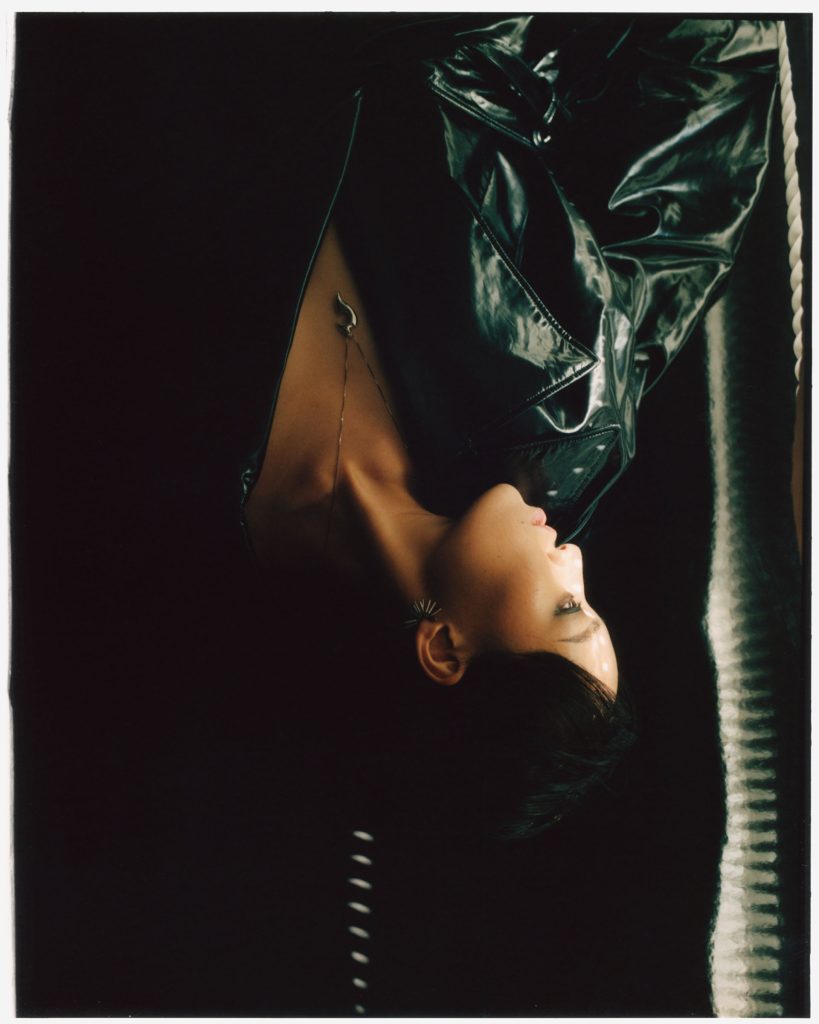
NR: On a practical level then, how do you envision the way sound, space and movement work within a performance?
PD: In my practice all these different elements come together in an unbiased way. It’s about how sound, space, movement and visual artwork combine to create a narrative and express an idea. I’m fascinated by the musicality of space, or the rhythm of speech. But it’s the idea of music that’s usually at the beginning of making a work. And of course, after that, it becomes much wider. Over the past few years, playing concerts has become a smaller part of my practice, because creating these large-scale projects is a demanding process that requires time and focus. But I do still find that it’s important because I find the process of making music live, sharing it with an audience and having a very vulnerable moment on stage is an important way of researching certain ideas or testing materials. And it can be unpredictable; I’ve learned a lot as a musician, this understanding of certain moments of interaction and the idea of having an audience in the space.
NR: How do you negotiate between, say, organic sounds that are made by the human body, versus the artificial or manufactured sounds?
PD: It’s interesting because I often think about it when I’m making work. I like exploring the limits of the human mind or, you know, working with the idea of the extreme, and challenging the extremes within us and the world, which also comes from a place of vulnerability and fragility. At the same time, paradoxically, it’s also about power; the human voice is magic because every person’s voice is unique. A voice reveals sensitive and detailed information about a person, and that’s something I found really fascinating and I like to collect this information. And this is why I also find opera singing to be a strong instrument because there’s a stillness and an athleticism. At the same time, it’s similar to noise music; it’s like extreme amplification but through the human lungs. There’s a kind of power to it because it’s impressive that sound is being generated by an organic being. And I found this quite interesting because I have the same relationship with the analogue synthesisers I use. It’s kind of like a dance. Of course, these are sounds made by a machine, but when I hear my own recordings, I can hear how I felt when I was touching those knobs or those wires. It reveals the language of choreography, so it is a dance with the machine; machines are cold and dead, but humans playing them give it life. So,
“I found this relationship between the voice and machine to be very intertwined and they have very natural, strong connection.”
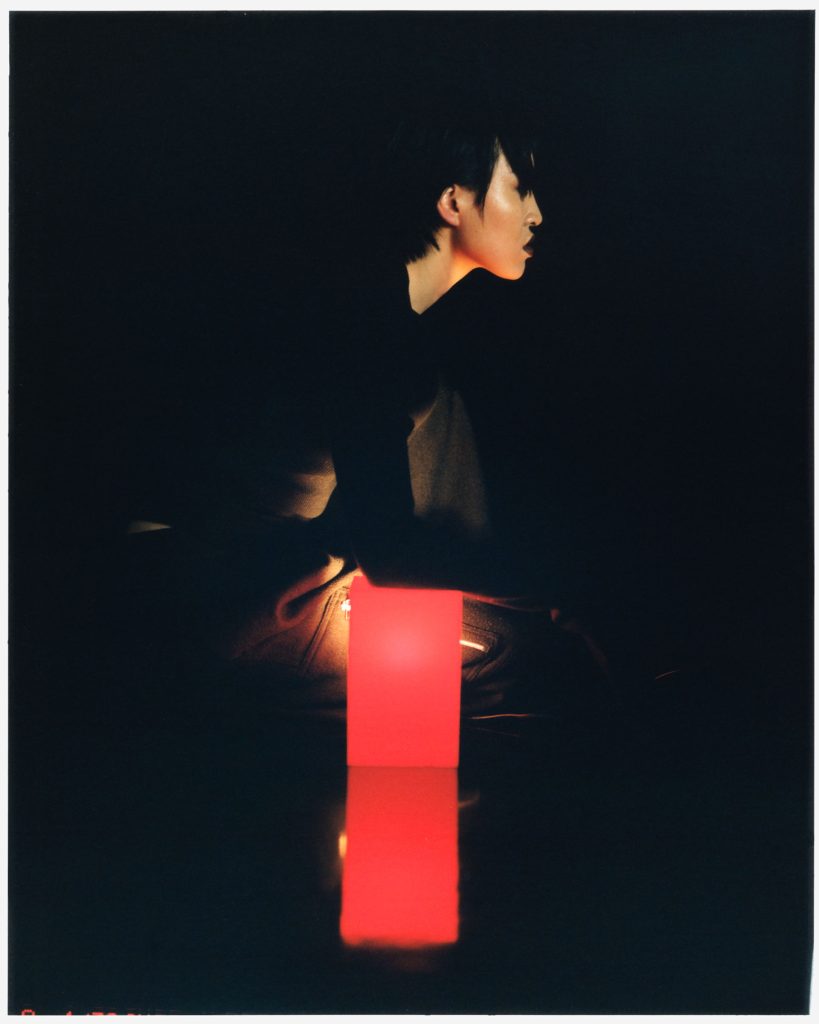
NR: In a previous interview you discussed how noise can be therapeutic, and I wondered how you found the periods of lockdown which seemed to be characterised by silence and a lack of noise outside. Did the absence of sound affect the way you worked?
PD: I like the idea of the absence of sound because it’s that that triggers your imagination. And it’s actually really hard to find that in everyday life; I don’t often listen to music because I can’t handle music as background noise. When I listen to a good piece of music, it gets my full attention and all of my sensors are triggered, so I’m really focused. I listen to music really quietly – so it’s funny because whenever I play music, people always ask for it to be louder, but when things are quieter you are forced to pay more attention to your senses. It’s a more concentrated form of listening. And I think, now, when we talk about noise in the world, it’s this kind of balance of the volume that is the problem. Certain sounds are too dominant and certain frequencies take over. I think the darkness of the time we’re in, and there has been darkness in every period of history, but maybe something’s overtaken too much.
You’re talking about noise in everyday life, but when it comes to what I was saying about the therapeutic nature of noise, I guess that comes down to the definition of ‘noise’. If we’re talking about the therapeutic nature of like noise as a music expression, silence, for me, is considered noise as well. It’s abstract.
“I think silence is as confrontational as a very strong soundwave.”
That’s what makes a great piece of noise music. And I don’t like confrontation that is forceful, but confrontational in that it feels like an encouragement. When I encounter a piece of work like that, it’s therapeutic because it helps me, it invites me to generate a certain direction. I think it’s very therapeutic because I think that’s what therapy does in general for people; no one can solve all your problems, they can only invite you to have a dialogue with yourself. I think it’s important to be honest with yourself, and this is what I want to achieve in my work as well.
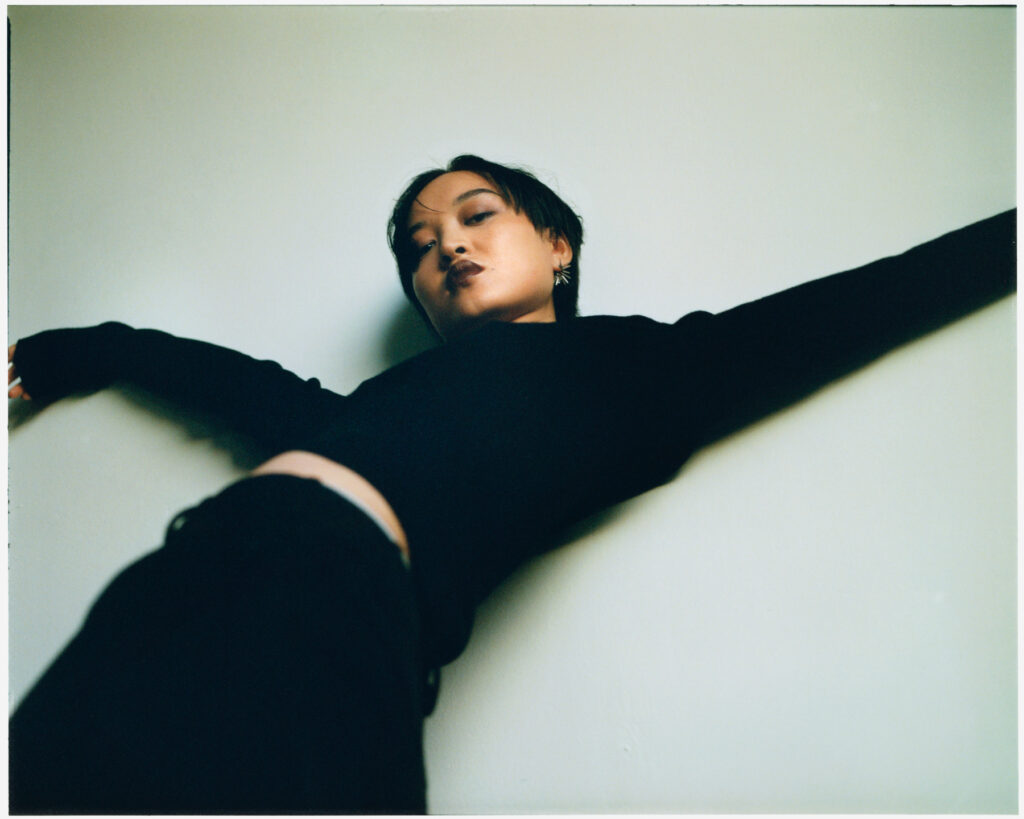
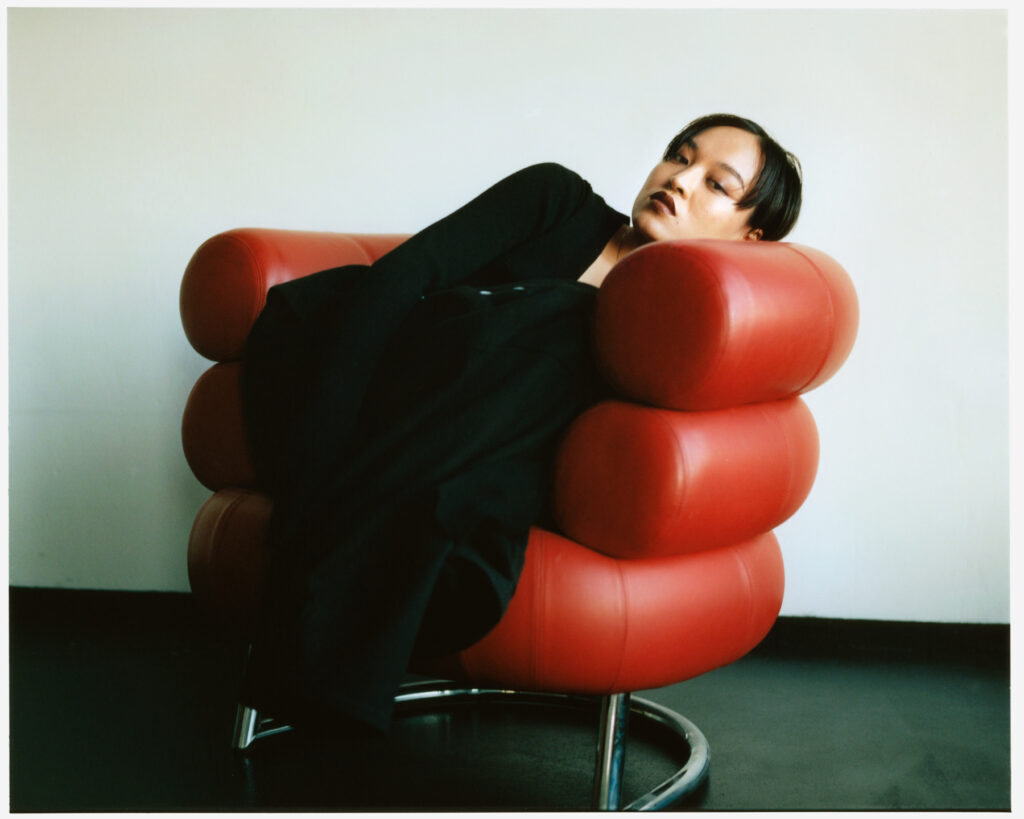
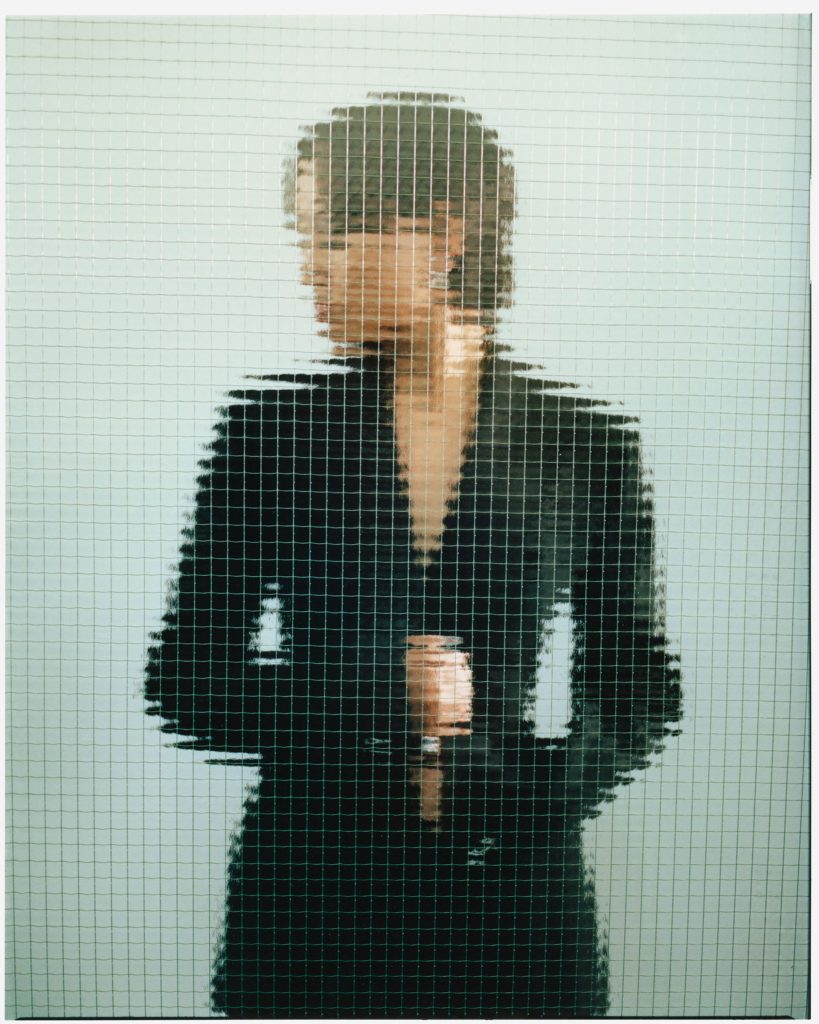
NR: That makes me want to turn back to Tissues and how, as an hour-long one-track record it demands you to listen to it in its entirety.
PD: Music has the potential to provoke emotional, physical and imaginative responses, encouraging the listener to explore places they wouldn’t usually visit. But it takes time for this effect to surface and to feedback. I think about what I could possibly trigger through this listening experience, and when you’re talking about how you cannot go in and out of Tissues, it’s very much on purpose. Sometimes, I want the work to be a bit demanding so that it’s not so easy to digest. I don’t shy away from this kind of intensity in my work – maybe it’s not always pleasant, but that’s also fine. Tissues in its recorded form can only do so much compared to the experience of the performance. But this record does contain some of the spirit of the work, but it needs to be listened to in full to really come close to that experience. With the performance,
“it’s about the choreography, the installation, the landscape of lights – the darkness and the brightness, and all of that comes together. “
So, when you’re listening to it, it’s much denser and more compressed and, in a way, almost less distracting. When someone listens to Tissues, it’s a moment of solitude.
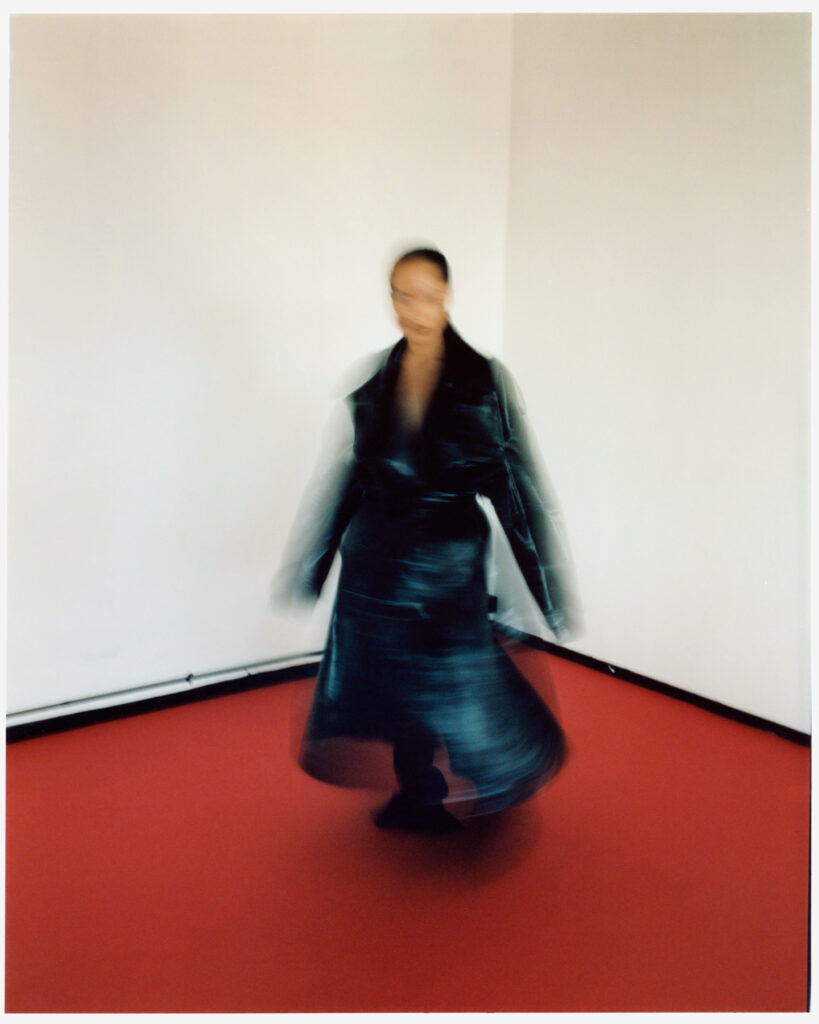
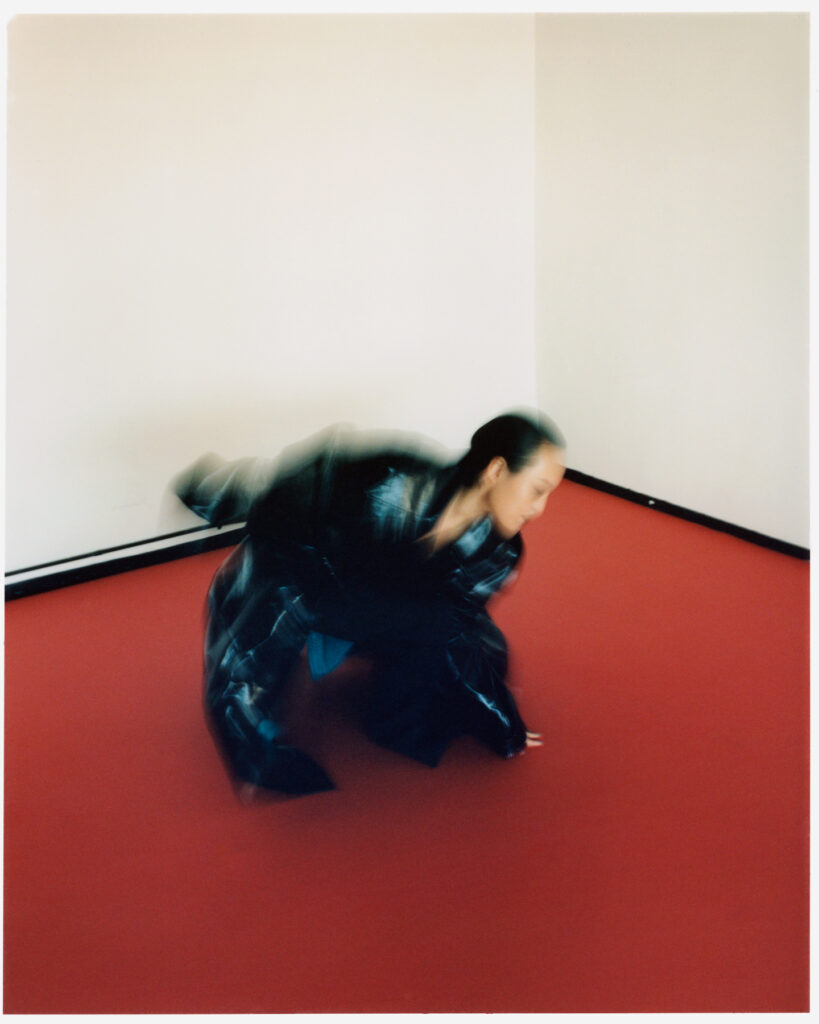
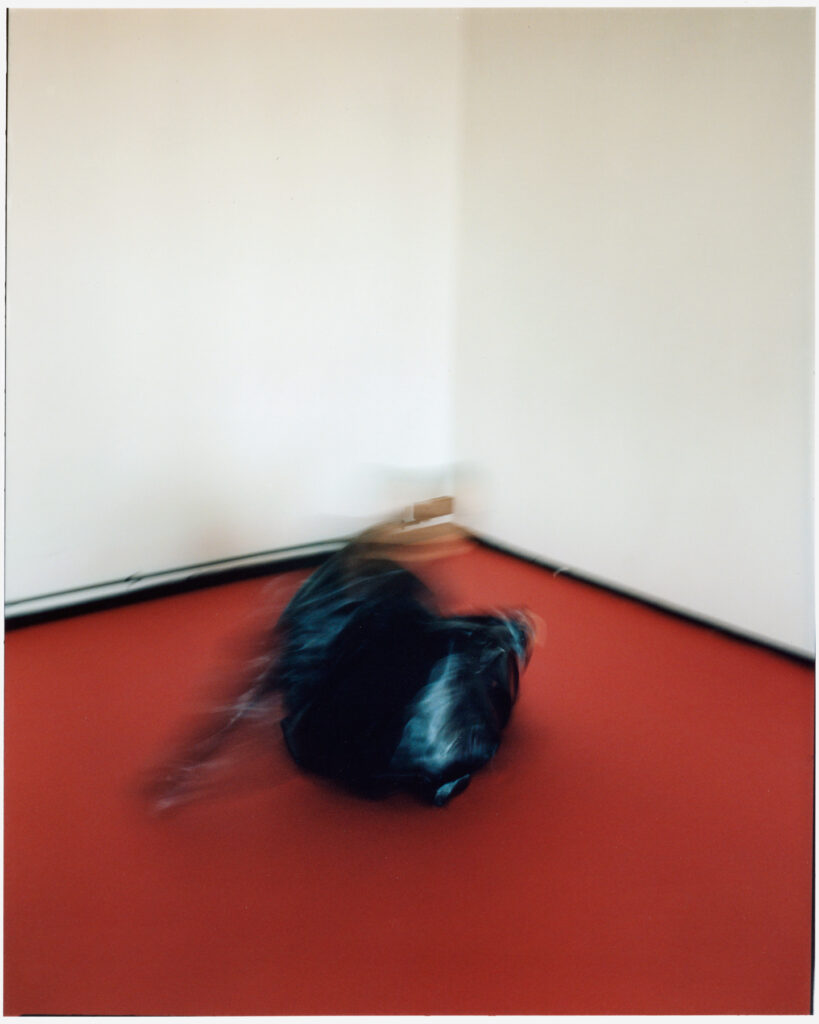
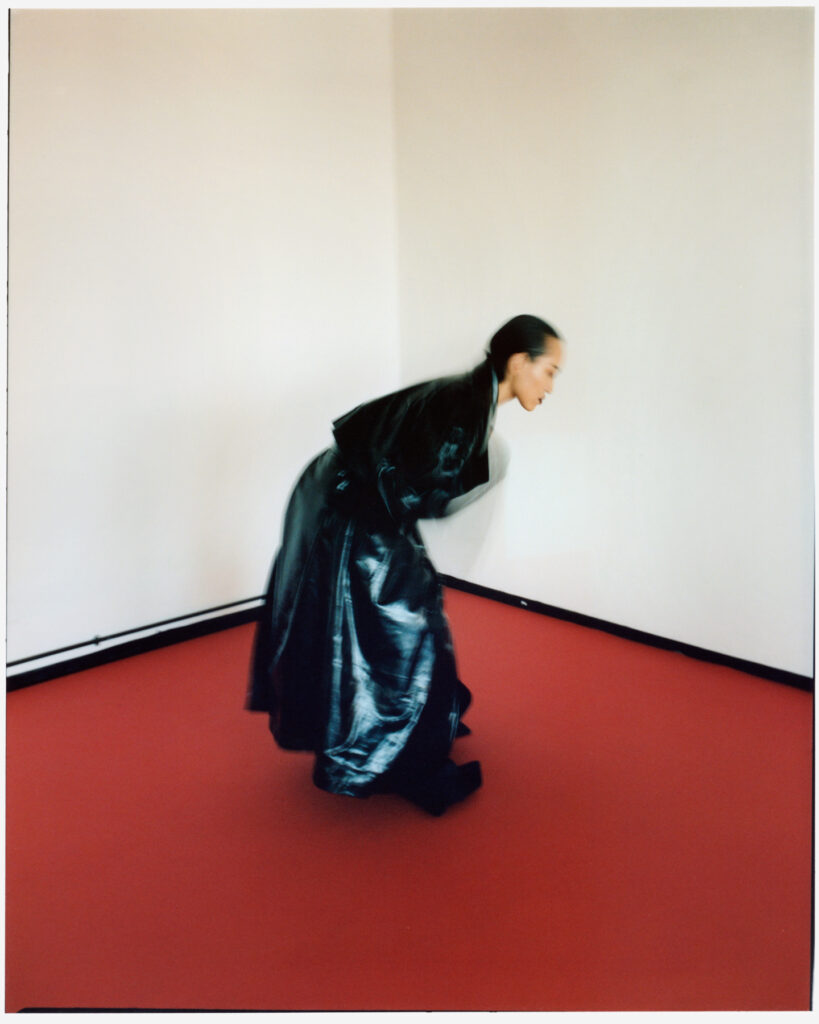
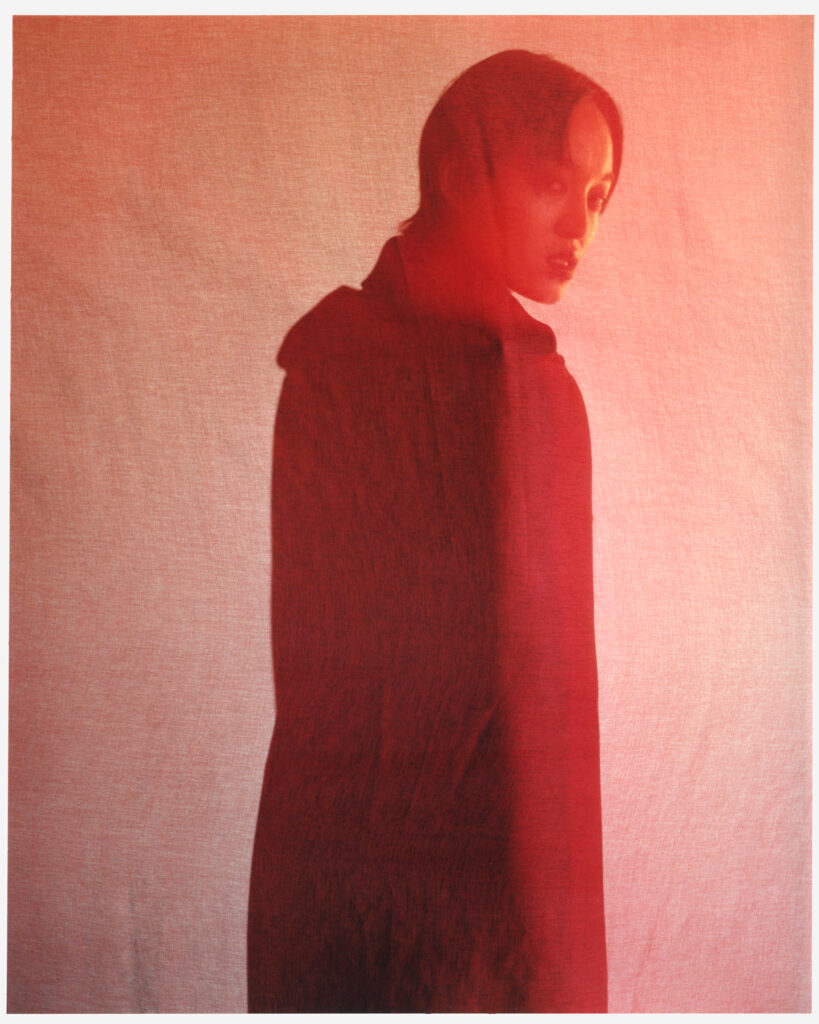
NR: As a final point, then, I wanted to ask you about your live performances and how important site specificity is to you?
PD: From the very beginning, even when I was just playing concerts, I’ve always considered how architecture and space are important for me. I would turn down certain shows because it didn’t have an energy of, you know, I don’t feel inspired by the space. All of my work is site specific because
“it’s a big concern when it comes to making an experience-based work; the musicality of the space, the poetics of the space, is a very dominant element of how we encounter one another and how we encounter something.”
You cannot just hang something on the wall and think that is the only thing you’re looking at. I think, for the kind of work I do, it’s impossible. So, in this sense, I want to work with space through a 360-degree perspective to create a work that an audience can inhabit, to expand this kind of experiential process. With Tissues, the idea was to consider the Tanks as a sleeping giant, and the work is awakening it. The visual aspect of Tissues was to trigger the sensation that the space is moving, that it’s breathing, and that we are not just in an oil tank – it’s a gateway to a bigger world. Right after Tissues, I created a new work Dead Time Blue, featuring three opera singers and five dancers [in the atrium of] Martin Gropius Bau in Berlin in early 2020. The idea of the work was to make the whole space feel like a lung making sound, breathing, and singing. I think most of my sound installation work is about the operatic voice and the acoustic nature of the space as a way to make it feel like the whole building is singing. And, of course, there are the visual aspects – the movement, the dance, it all comes together into much more of a live experience. It’s important when I’m working to find a space I feel inspired by, and work to awaken the beauty in that environment.
Credits
Talent · PAN DAIJING wears BOTTEGA VENETA throughout
Photography · NINA RAASCH
Creative Direction · JADE REMOVILLE
Fashion · FABIANA VARDARO at COLLECTIVE INTEREST
Set Design · KRISTIN BAUMANN
Makeup · SABINA PINSONE
Hair · KOSUKE IKEUCHI
Fashion Assistant · ALEIX ILUSA LOPEZ
Location · RAW STUDIOS